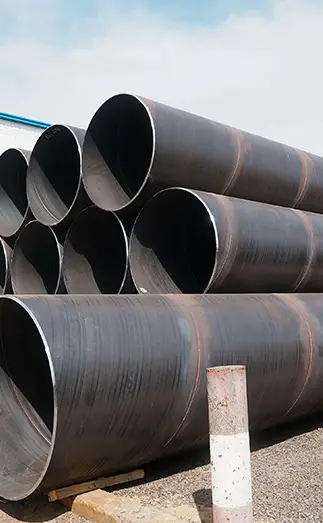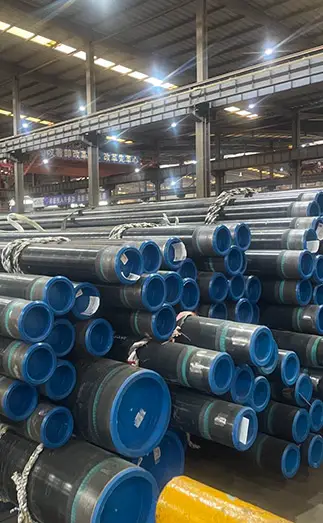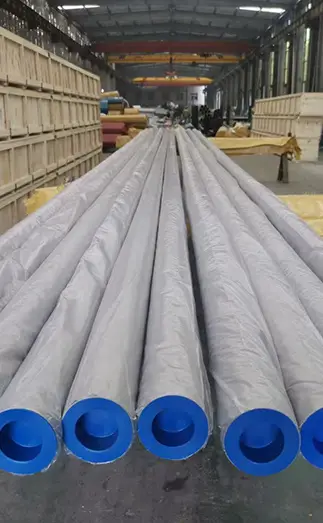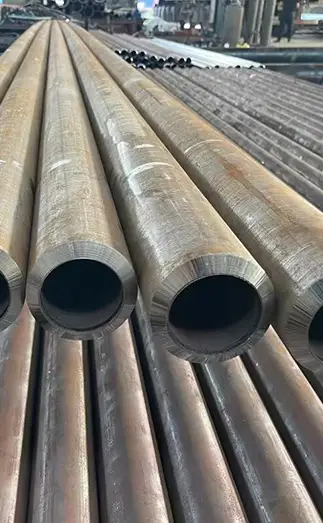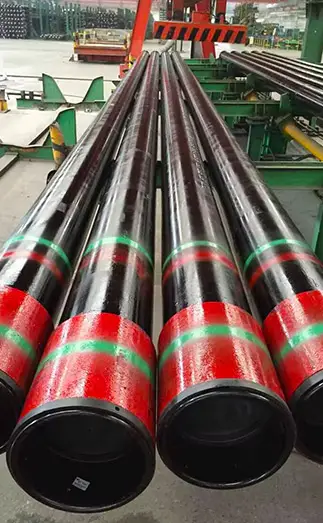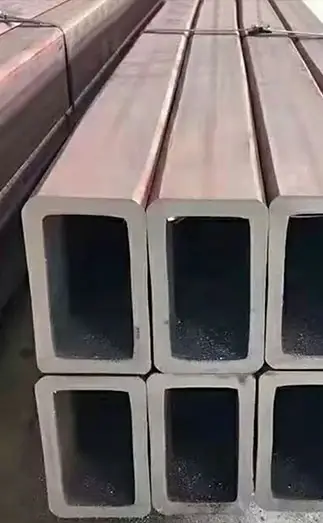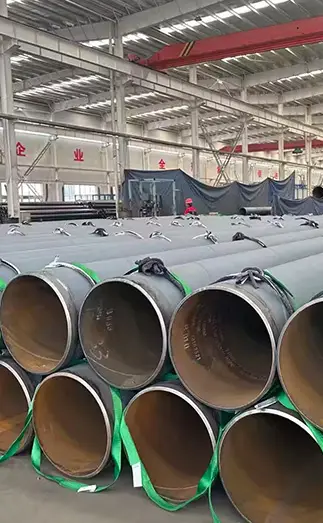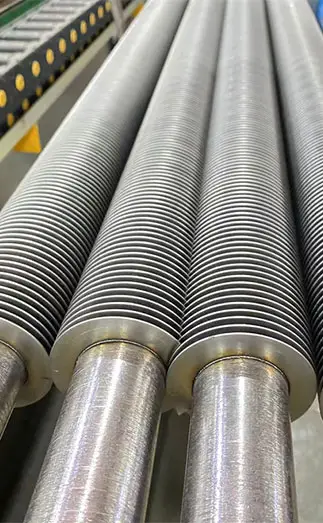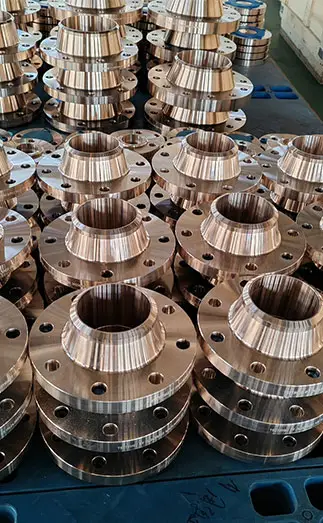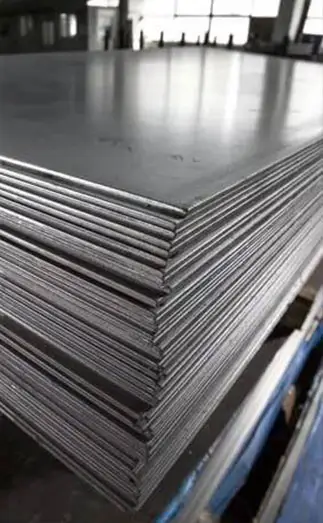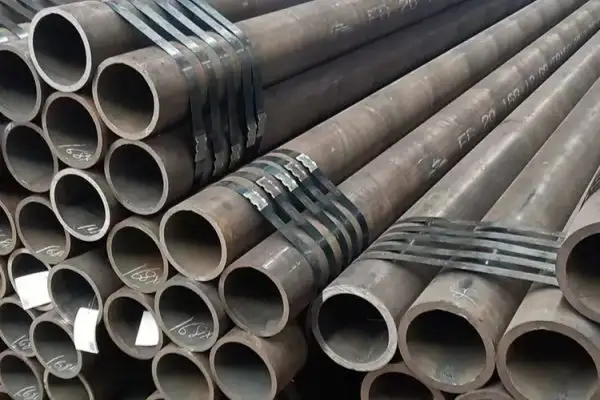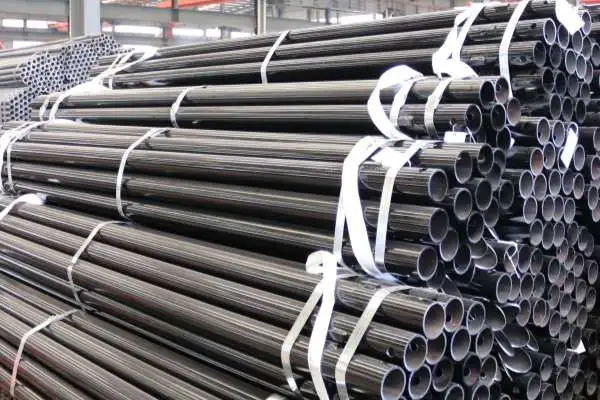Welded steel pipe is one of the most widely used steel products in construction, energy, transportation, and many other industries. It is manufactured by bending a steel strip or plate into a circular, square, or customized shape and then welding the edges together to form a seam. The raw materials are typically steel plate or strip.
To ensure performance, safety, and durability, welded steel pipes must follow strict classification, preparation, welding, and inspection processes.
Super Steel Manufacturing Co.,Ltd is professional steel pipe manufacturer, for more details, please contact:sales@super-steels.com
Classification of Welded Steel Pipes
By Application
General-purpose pipes: used for conveying water, gas, or structural support.
High-temperature and high-pressure pipes: made of special alloy steels. Welding these pipes requires extra attention to avoid shrinkage cracks in the weld seam and to maintain stable mechanical properties in the heat-affected zone (HAZ).
By Wall Thickness
Thin-walled pipes: often welded using high-frequency welding or shielding gas.
Pipes thicker than 2 mm: usually welded by manual arc welding.
By Diameter
Small-diameter pipes: typically welded from one side.
Larger-diameter pipes: may require welding from both sides, which involves technicians entering the pipe to complete the seam. Weld quality is verified through methods such as the steel ball test to ensure structural reliability.
Special Alloy Steel Pipes
For high-strength alloy steels with resistance to heat, pressure, wear, or low temperature, the welding process must be carefully controlled. The aim is to avoid martensitic structures and cracks caused by high heat input. Proper welding rods must be selected, pre-baked, and handled correctly. Surfaces must be cleaned, degreased, rust-free, and dry before welding. After welding, controlled cooling and post-weld heat treatment are often required.
Preparation Before Welding
Selection of Welding Materials
Choose the right pipes and welding consumables to match the application and performance requirements.
Preparation of Tools
Ensure welding machines and tools are in good condition through maintenance and inspection.
Pre-treatment of Steel Pipes
Clean, degrease, and polish the pipe surface before welding to achieve strong and reliable welds.
Safety Measures During Welding
Personal Protection
Welders must wear helmets, goggles, gloves, and protective clothing.
Worksite Safety
The welding environment should be free of flammable or explosive materials to prevent fire hazards.
Current Control
Adjust the welding current based on pipe material, wall thickness, and working environment to ensure proper penetration and weld quality.
Post-Welding Quality Inspection
Visual Inspection
Check weld appearance, penetration, and seam uniformity.
Sound Test
Lightly tap the welded area with a tool; variations in sound can reveal potential defects.
Current Density Check
Use specialized instruments to measure current density and verify weld integrity.
Conclusion
Welded steel pipes are versatile and reliable, but their performance depends heavily on proper welding techniques. From material selection and preparation to strict safety measures and post-weld inspections, each step plays a vital role in ensuring quality and safety. Following these guidelines not only improves the service life of welded steel pipes but also guarantees their performance under demanding conditions.



 English
English Español
Español Français
Français بالعربية
بالعربية